Students Help with Chestnut Tree Research
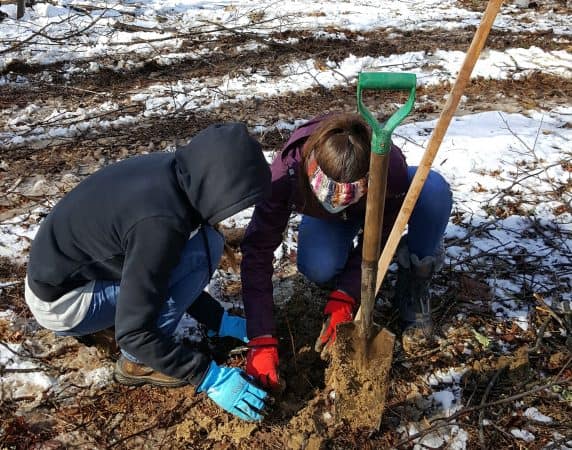
Four EMS students supported an effort to help re-introduce the American Chestnut tree to U.S. soil on a recent chilly Saturday morning in a mountain forest in Hopkins Gap, Virginia, near Gospel Hill Church.
The student volunteers, who have all been active in the school’s sustainability and service efforts, were Elisabeth Fink ’22, Karla Hostetter ’21, Halie Mast ’21, and Sidney Rhodes ’22. They joined former EMS science teacher Lee Good on the outing. Loren Hostetter, originally from Harrisonburg and father of former EMS students, is overseeing the tree research.
Hostetter’s research grows out of his long-time passion for trees and natural resource conservation. He is currently based in Kenya, working for the Canadian Food Grains Bank, and returns to Harrisonburg to visit family. Hostetter contacted Good for EMS student involvement in his research in Virginia. The 36 seedlings planted by the group were placed on land owned by Hostetter’s extended family. See extensive additional coverage on The Citizen and un artículo in Anabaptist World.
The enormous, majestic American Chestnut once “reigned over 200 million acres of eastern woodlands from Maine to Florida, and from the Piedmont plateau in the Carolinas west to the Ohio Valley,” according to The American Chestnut Foundation. The trees fell to a lethal fungus infestation, known as the chestnut blight, during the first half of the 20th century.
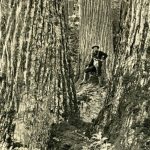
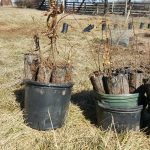
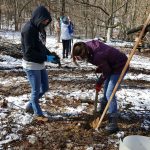
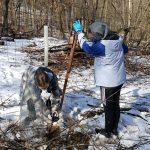
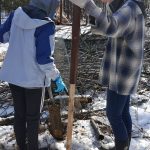
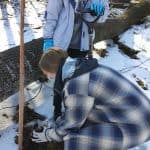
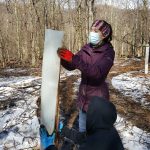
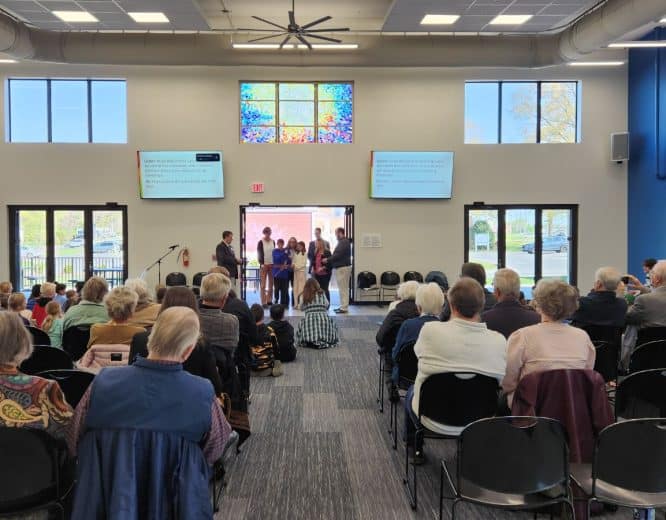
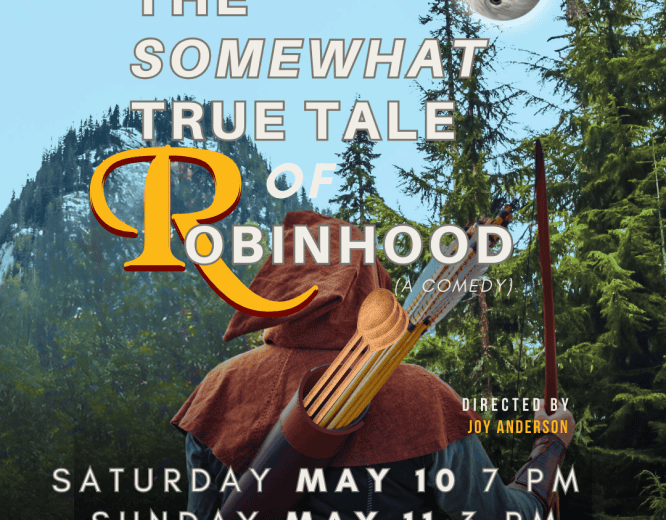
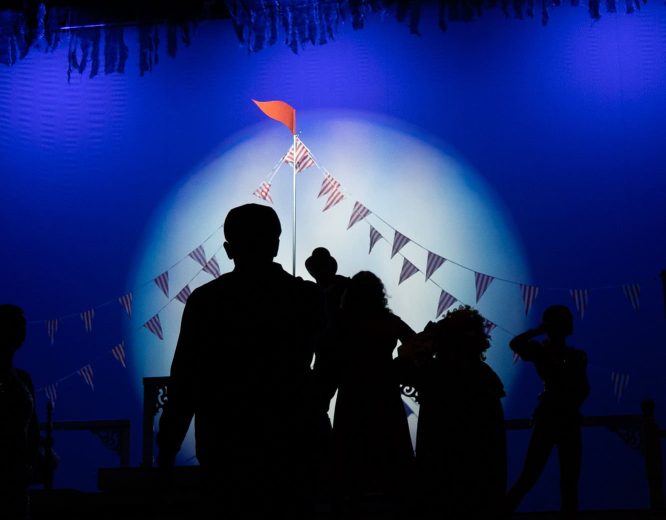
Es fantástico conocer la participación de la escuela para ayudar a restaurar el castaño americano. Bendiciones. a todos.
Tenemos un bosque de Adirondack de 200 acres, de propiedad privada, y nos interesaría ayudar con este proyecto plantando castaños. Soy horticultor y sé un poco sobre replantación de árboles. No se pudo encontrar una dirección de correo electrónico a la que enviar una consulta, pero pónganos en contacto con alguien que pueda ayudar.
¡Estamos muy felices de que esta historia haya construido esta conexión! Le enviaremos un correo electrónico privado con información sobre cómo conectarse. ¡Gracias por escribir!
@ Ellen: consulte ACF y ACCF (2 organizaciones diferentes) en línea. ACF tiene un capítulo muy activo en PA. Un número cada vez mayor de viveros venden semillas o plantones de castañas. Tenía un hermoso castaño que comenzó a producir en el año 4 y pasó los 30 ′ en el año 6. Perfecta forma erguida. ¡Planta un montón y disfruta viéndolos crecer!